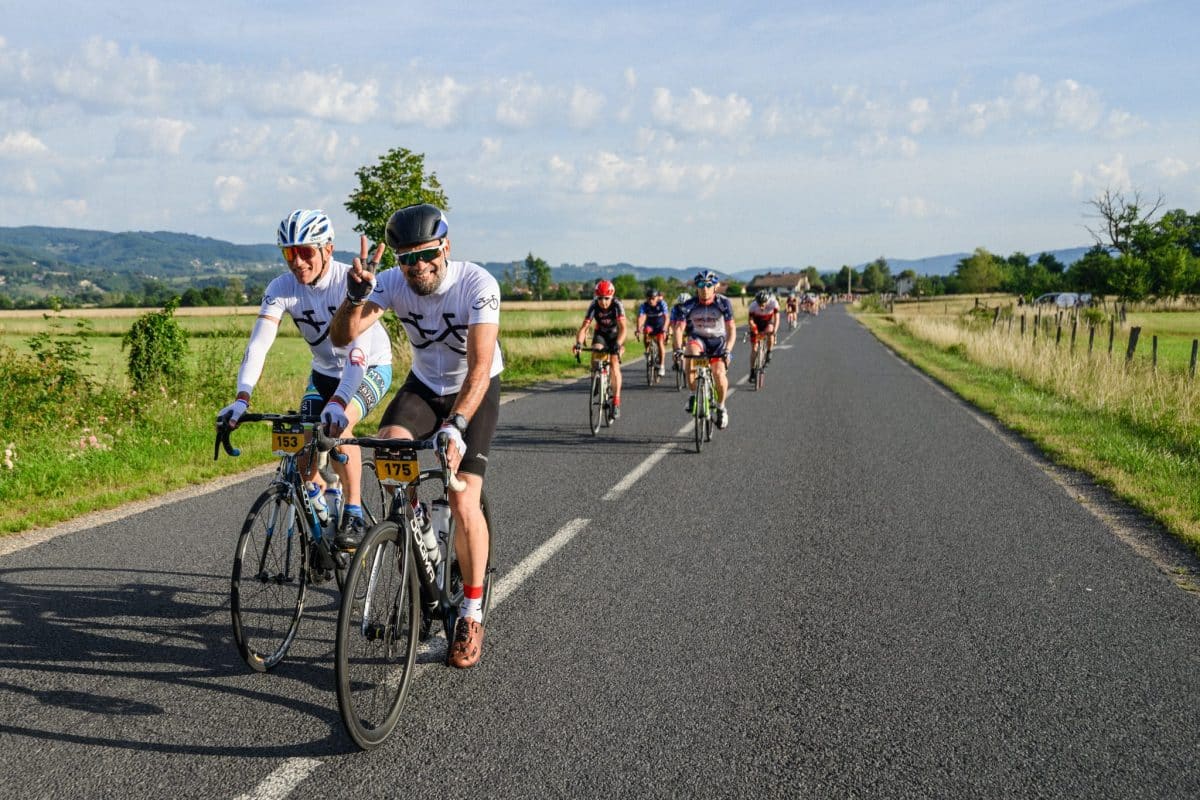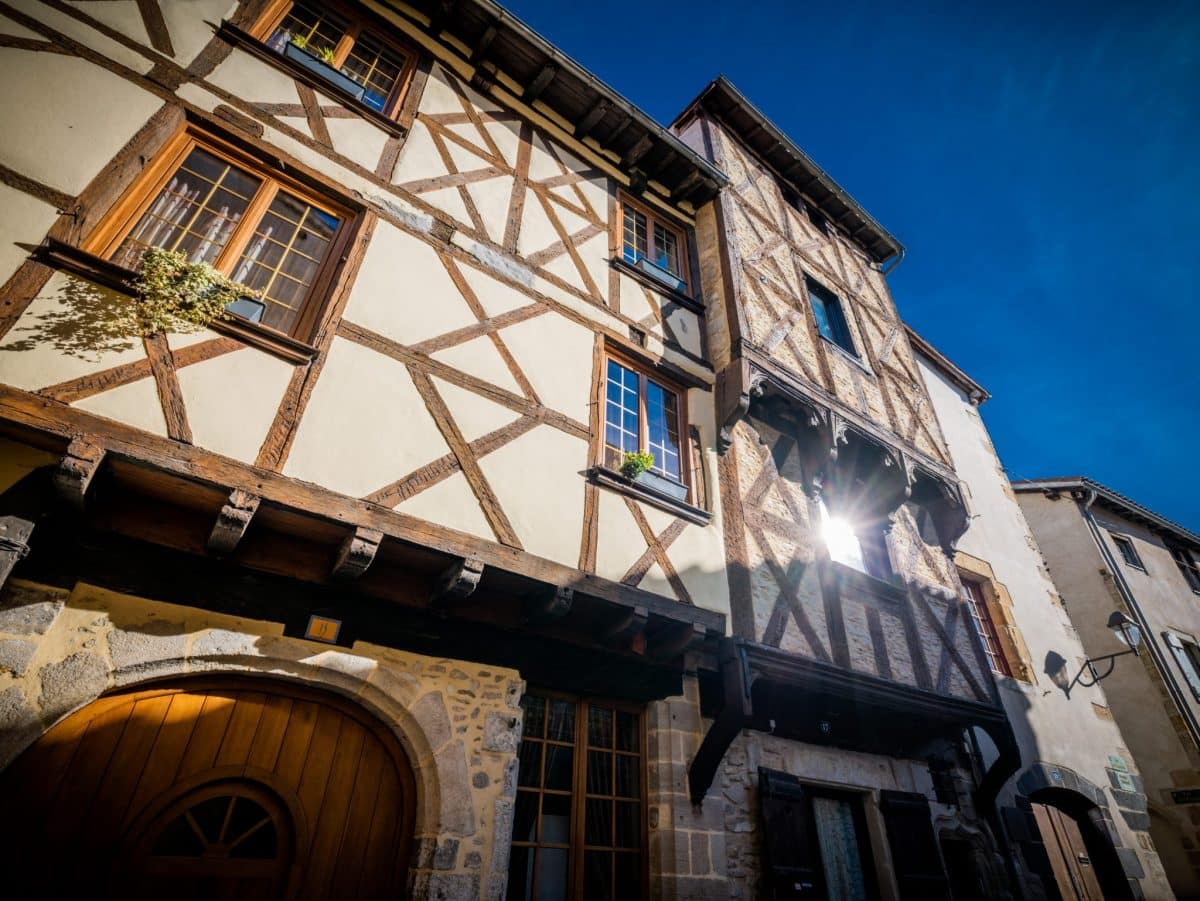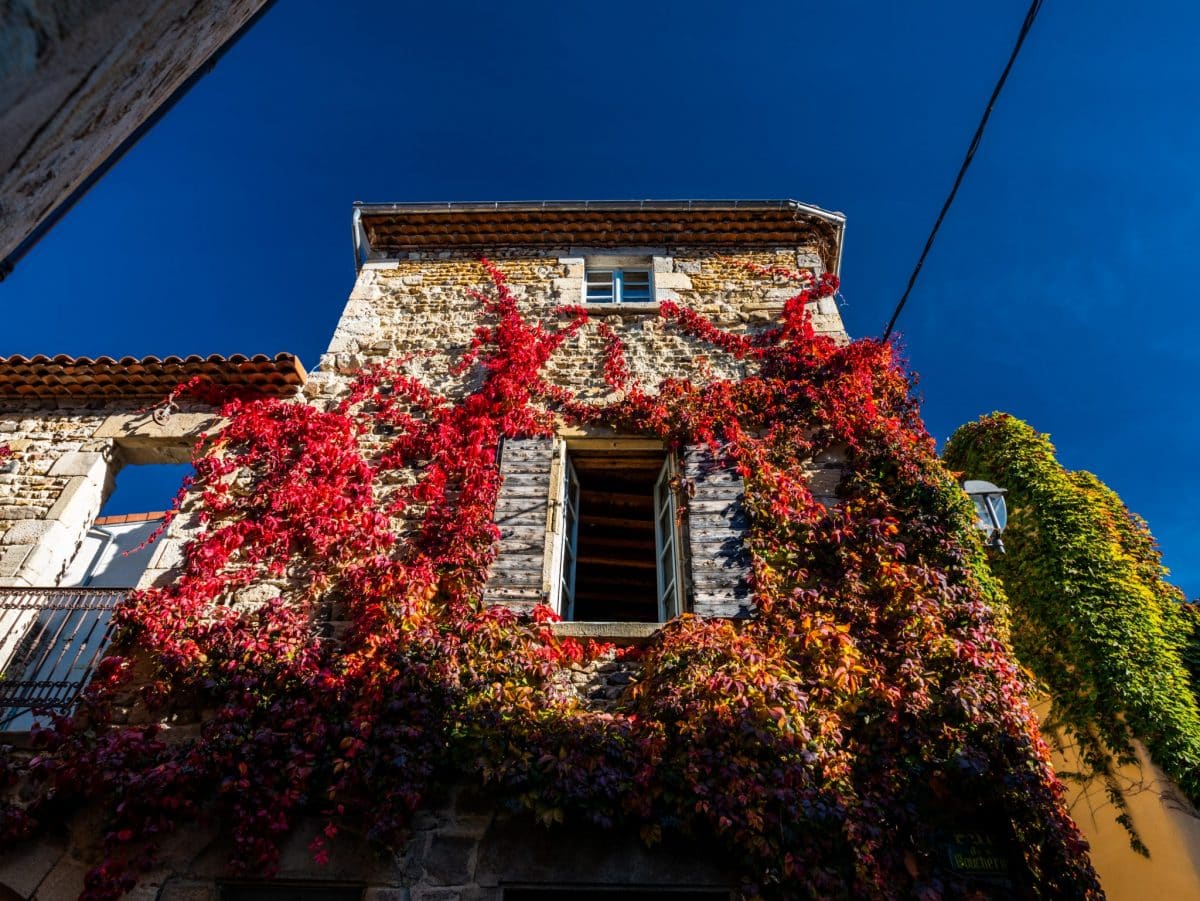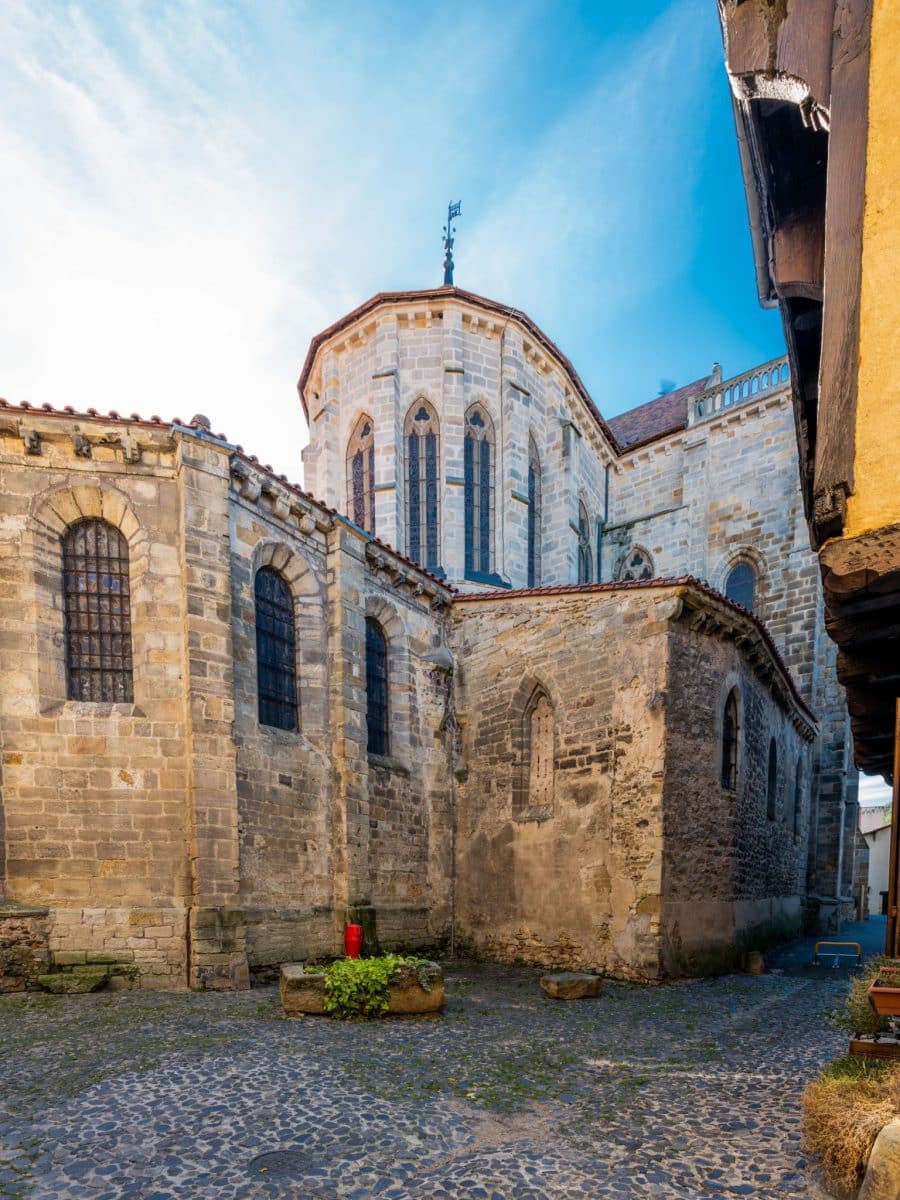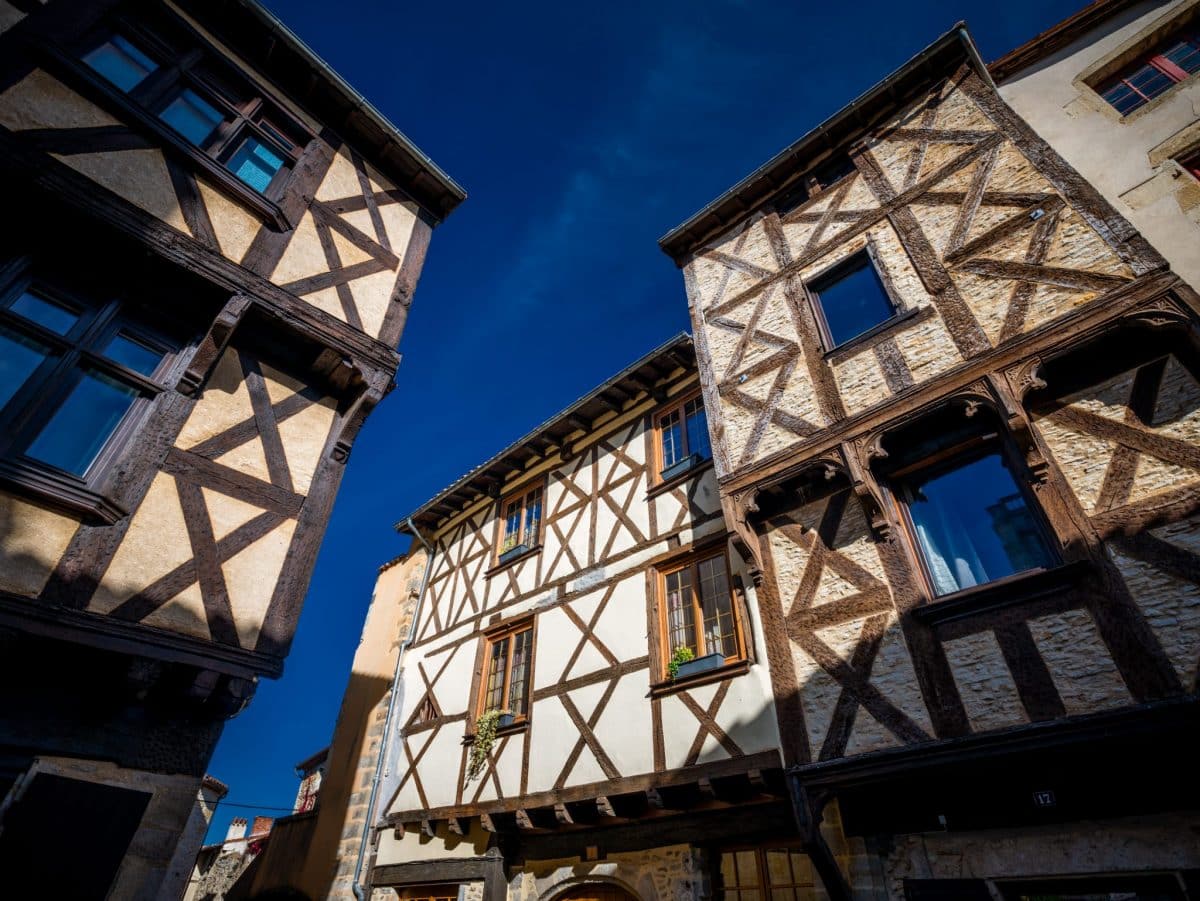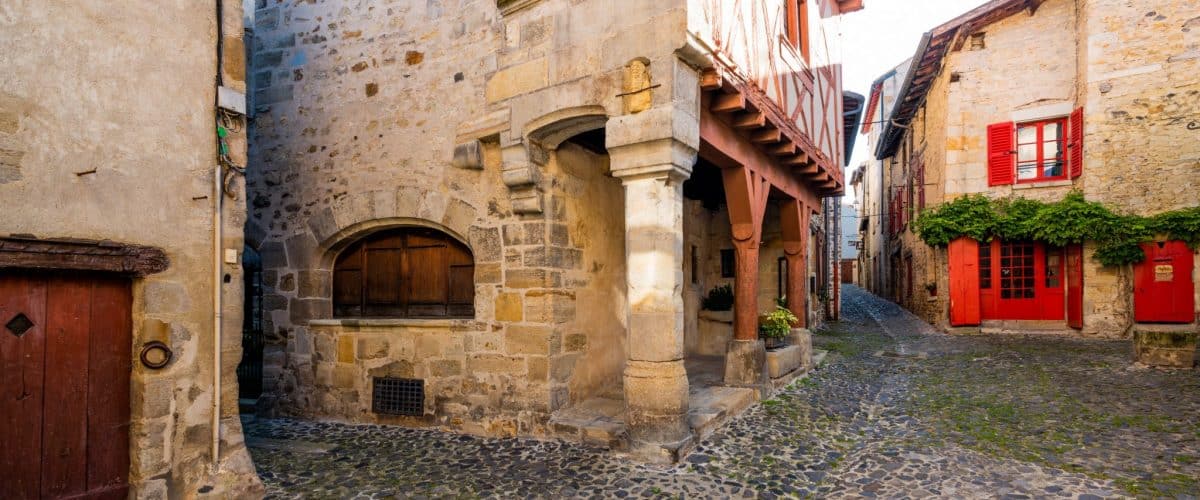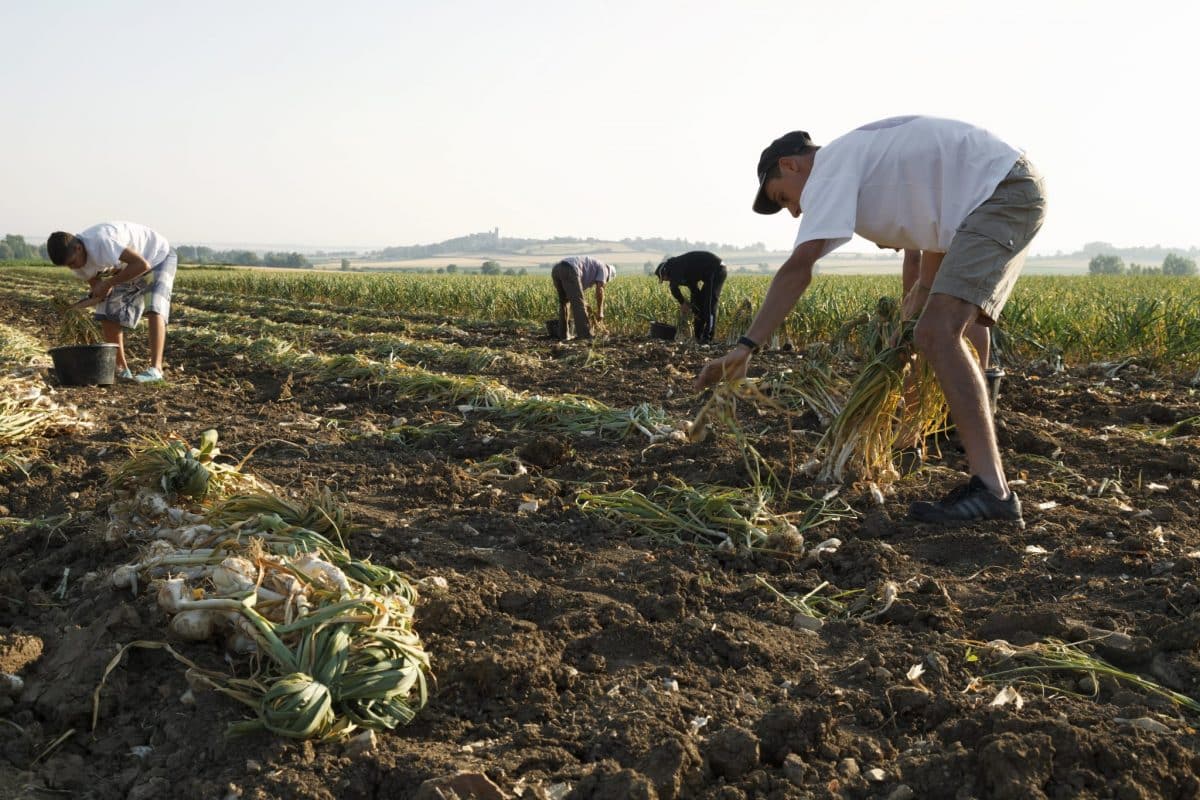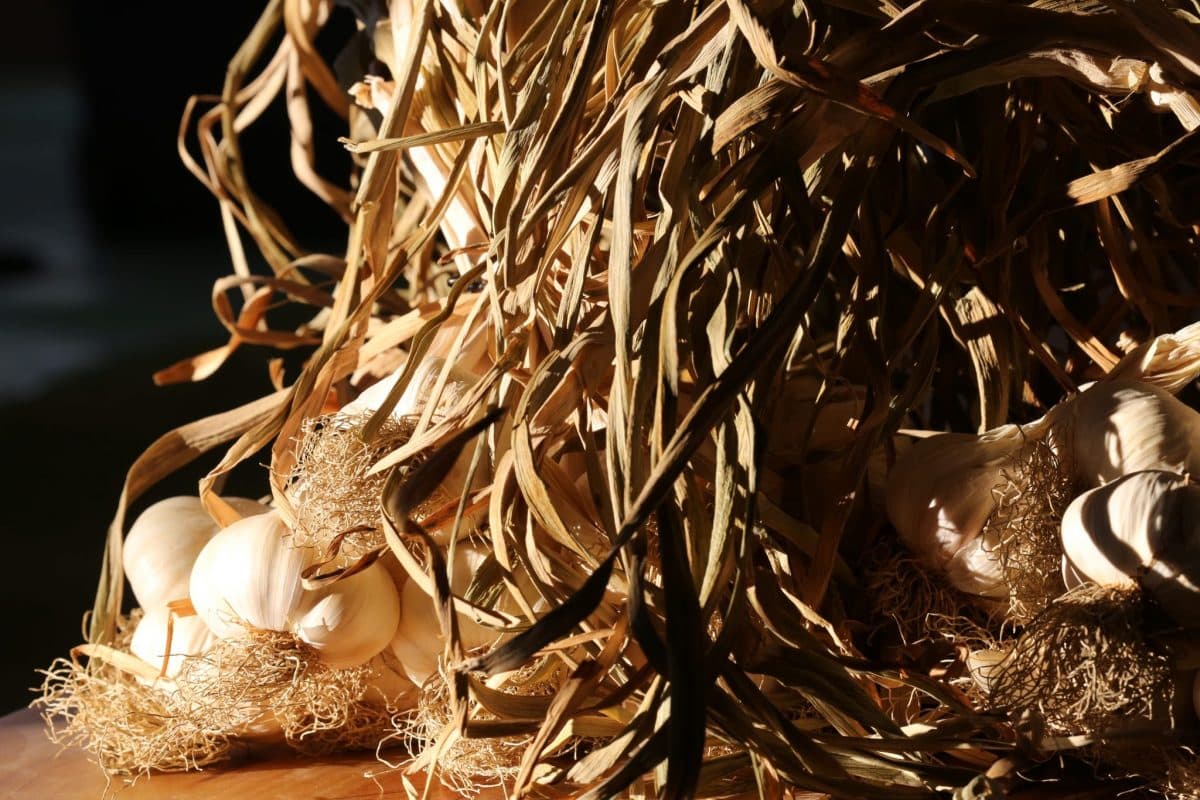Unmask the medieval town of Billom in the heart of Auvergne Tuscany
Narrow cobbled streets lined with half-timbered houses and small shops, carved portals, mullioned windows which here and there catch the eye; today, the walls of the old town tell of Billom’s medieval past.
In the Middle Ages, many merchants and artisans, such as the guilds of butchers, weavers, clog makers, blacksmiths, dyers and tanners, settled along the Angaud.
Even in the 19th century, Billom was nicknamed "the city of markets" because here, everything is sold and everything is bought: butter, eggs and cheese, cattle of all kinds, poultry of all feathers, but also wood, clogs, bacholles, earthenware pots, hemp, woolen threads, etc.
For wheat, the market was held under the market hall, built quite late for a trading town, between 1793 and 1795, then destroyed around 1970. The square which bears its name preserves the memory of this market.
It is because of the important communication routes serving Billom that these commercial exchanges were so developed.
3 routes to discover the three facets of Billom
Billom, steeped in history, reveals itself through three thematic tours, each offering a unique insight into its rich past.
Medieval Billom
- The Porte des Boucheries or Porte de la Prévôté
- Rue des Boucheries
- The Butcher's House (before n°5)
- The so-called “Dean’s” house (at n°20)
- The so-called Bailiff’s house (at n°19)
- The commercial court (courthouse registration)
- The place of schools
- The collegiate church Saint Cerneuf
- The Alderman’s house (at n°6 rue Pertuybout)
- Rue de l’Etezon
Billom merchant
- The Notre-Dame bridge or market bridge
- The Creux du Marché or grain market
- Rue du Colonel Mioche
- Hemp Market Street and Hemp Market Square
- Place Louis Grimard or Place du Vieux Marché au hemp
- The Nuns' Square
- Place de la Halle
Billom the scholar
- The house from Chapter 1 (locate the plaque)
- The Porte de l’Evêché (rue de l’Evêché)
- The Eperon fountain (at the crossroads, on the right)
- Allée des Marronniers (left)
- The Jesuit college
Zoom on the half-timbered houses of the medieval town of Billom in Auvergne
The half-timbered houses of the old center of Billom, dating back to the 15th and early 16th centuries, are for the most part classified or included in the supplementary inventory of historic monuments.
Their structure is based on a wooden frame in which a slab, composed of earth, lime, and small wooden elements, fills the voids between the uprights to form the walls.
The vertical posts of these constructions are firmly anchored on the plates, horizontal beams which rest on the foundations or the base wall.
The sashes, pieces of wood inclined or arranged in a Saint Andrew's cross, are integrated into this vertical framework. Their role is to brace the building, that is to say to provide additional resistance against lateral forces such as wind, by distributing the loads and stabilizing the structure.
The wooden elements are arranged to create varied geometric patterns on the facades. These houses, frequently used for commercial activities, often have shops on the ground floor, with entrances to the street marked by arcades.
Another characteristic feature of these buildings is the presence of corbels: the upper floors advance slightly above those below, thus creating a projecting effect. This technique made it possible to expand the living space upstairs while maintaining a limited footprint.
Pink garlic: Billom’s treasure
Billom pink garlic is an emblematic agricultural product of Auvergne, whose origins go back centuries. The development of pink garlic cultivation in Billom experienced tremendous growth around 1850, transforming the region into a major center for garlic production, processing and packaging. The replacement of hemp cultivation with pink garlic allowed Billom to become the capital of pink garlic, a title that the town proudly retains today. This evolution was accompanied by considerable economic development for the region, thanks in particular to the creation of jobs linked to this culture.
Today, although the production of pink garlic in Billom has declined since the 1960s, the four traders are still established in the area. There are around thirty producers spread over 113 municipalities who produce more than 200 tonnes of garlic per year. Half of the production is sold directly while traders are responsible for selling the rest.
The medieval town of Billom and its surroundings continue to celebrate this heritage through various events and initiatives. The Confrérie des Grands Goussiers, for example, works to promote pink garlic from Billom, notably by organizing an annual fair in August.
Did you know?
The cultivation of Billom pink garlic, an ancestral and delicate process, takes place in several key stages, from planting to harvesting, before transforming into delicious local products.
Planting and growing
In the heart of Auvergne, from mid-January, farmers carefully prepare the soil to accommodate the garlic cloves. These germinate in about three weeks.
The harvest
Around mid-July, the garlic is ready to be harvested. After pulling, the garlic is left on the ground for one or two days to allow the soil to naturally detach from the bulbs. It is then protected from the sun to avoid any alteration of quality.
Drying and conservation
Traditionally, garlic is dried in hanging bunches, a method that allows for optimal natural ventilation. Once dried, Billom garlic can be stored for a year, retaining its freshness and unique flavors.
Nature getaways in Auvergne around the medieval town of Billom
The surroundings of Billom are a real playground for outdoor enthusiasts.
Located to the west of the Livradois-Forez Regional Natural Park, it offers a perfect starting point for hiking enthusiasts.
Why not let yourself be tempted for a weekend by the “The Fortresses of Auvergne Tuscany” loop. This adventure begins in Saint-Jean-des-Ollières, extending over 14,5 km to Egliseneuve-près-Billom. The second stage of the route, 20 km long, brings hikers back to their starting point in Saint-Jean-des-Ollières, thus offering a complete and immersive experience of the region.
For those looking for detailed information on the trails, the “Balades en pays de Billom, Saint-Dier” topoguide. This is one of the 12 topoguides published by REL5 (Hiking in Livradois-Forez) available for sale in all Tourist Information Offices (BIT) of the Maison du Tourisme Livradois-Forez.
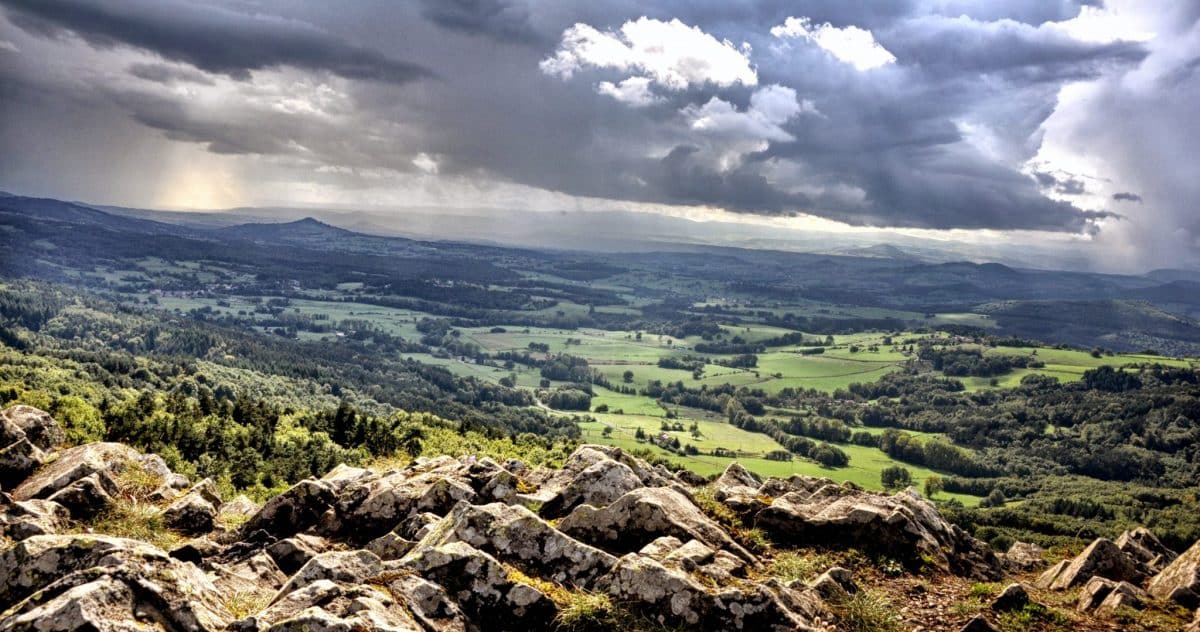
Join the Allier river a few kilometers from Billom
The Allier River is considered one of the last wild rivers in Europe. A wild river is a free-flowing watercourse, little or not modified by human intervention, thus preserving a natural and diverse ecosystem. It offers a variety of natural landscapes such as alluvial forests, meadows and sandbanks. The diversity of its environments attracts many nature lovers.
For lovers of nautical adventures, let yourself be tempted by a descent of the Allier in a canoe. Go to Joze or Dallet for a getaway with family or friends.
Discover Livradois-Forez by bike. The Via Allier, a section of the V70 cycle route, is a cycle route that offers a unique experience along the Allier River. It extends from Nevers, near the confluence with the Loire, to Langogne, not far from the source of the river. Ultimately, this route will extend to the Mediterranean.
This 455 km route is broken down into 18 stages, each measuring on average 25 km. This allows flexibility in the organization of the trip, cyclists being able to adapt the distance covered each day according to their level. For a beginner cyclist, the entire journey takes between 8 to 14 days, covering 30 to 60 km per day.
This cycle route offers an immersion in diverse landscapes, ranging from the fertile plains of Limagne to the volcanic terrains of Puy-de-Dôme. Along the way, cyclists will be able to observe the reflections of the arkose in the Gorges de l'Allier and visit picturesque villages and historic sites.
